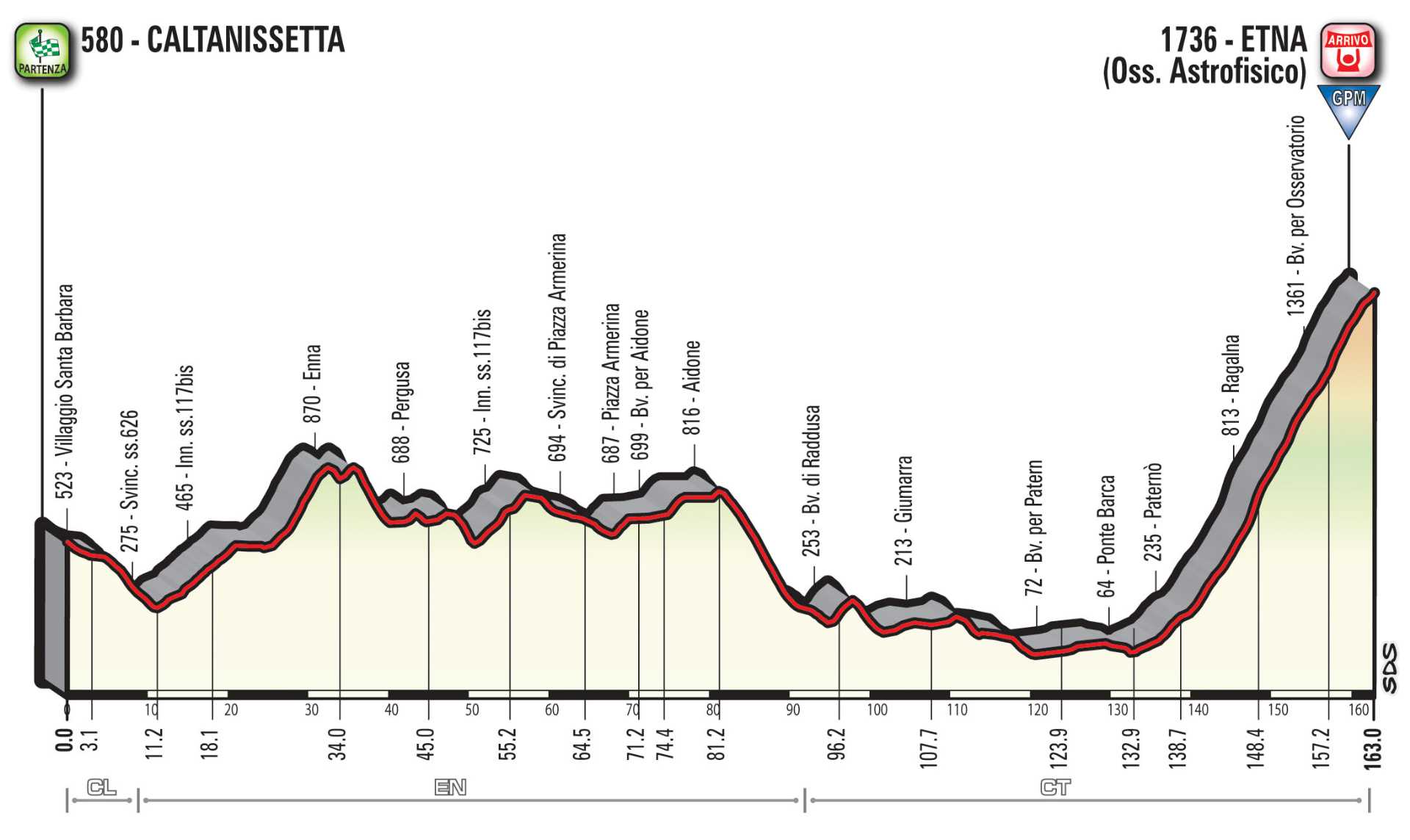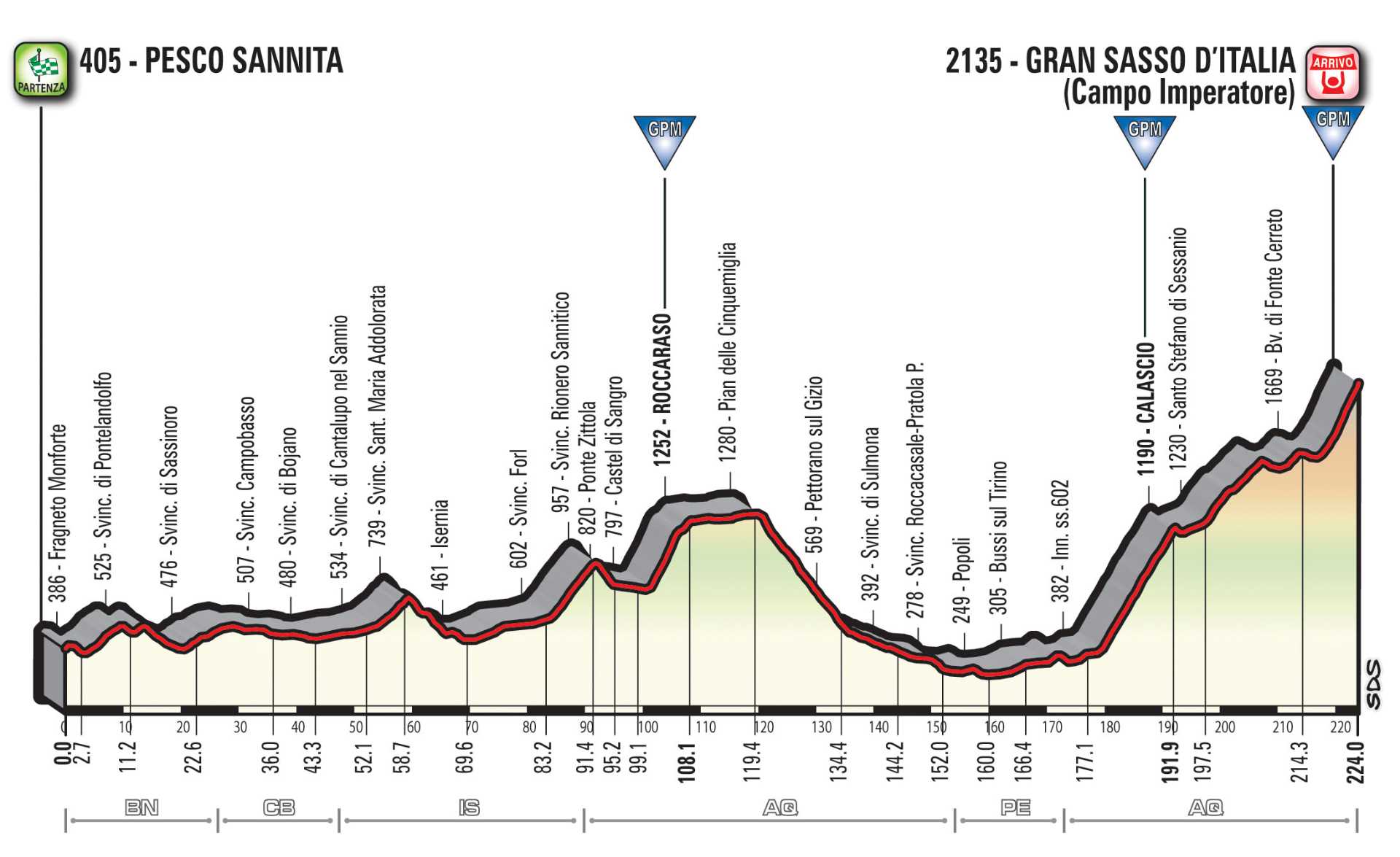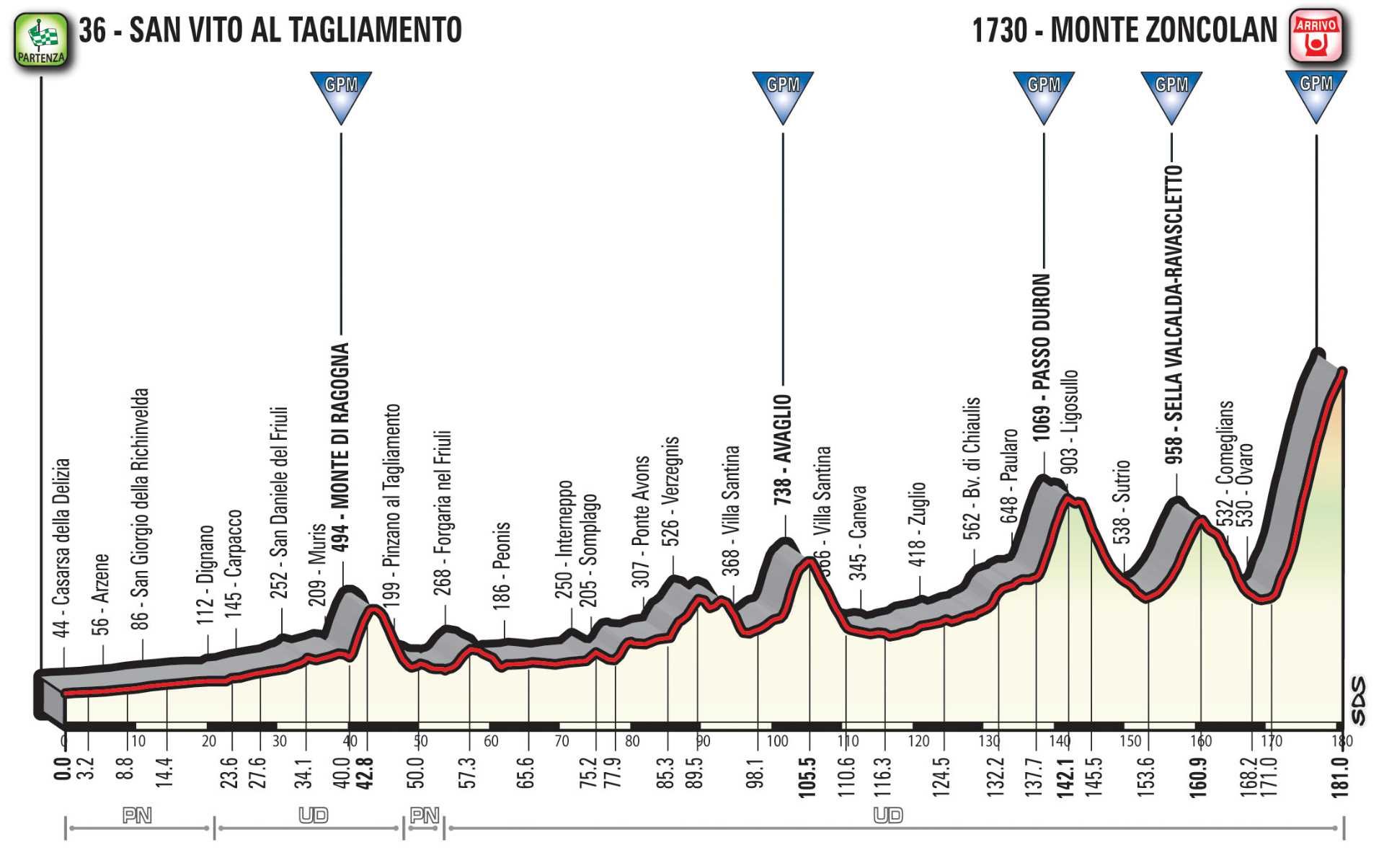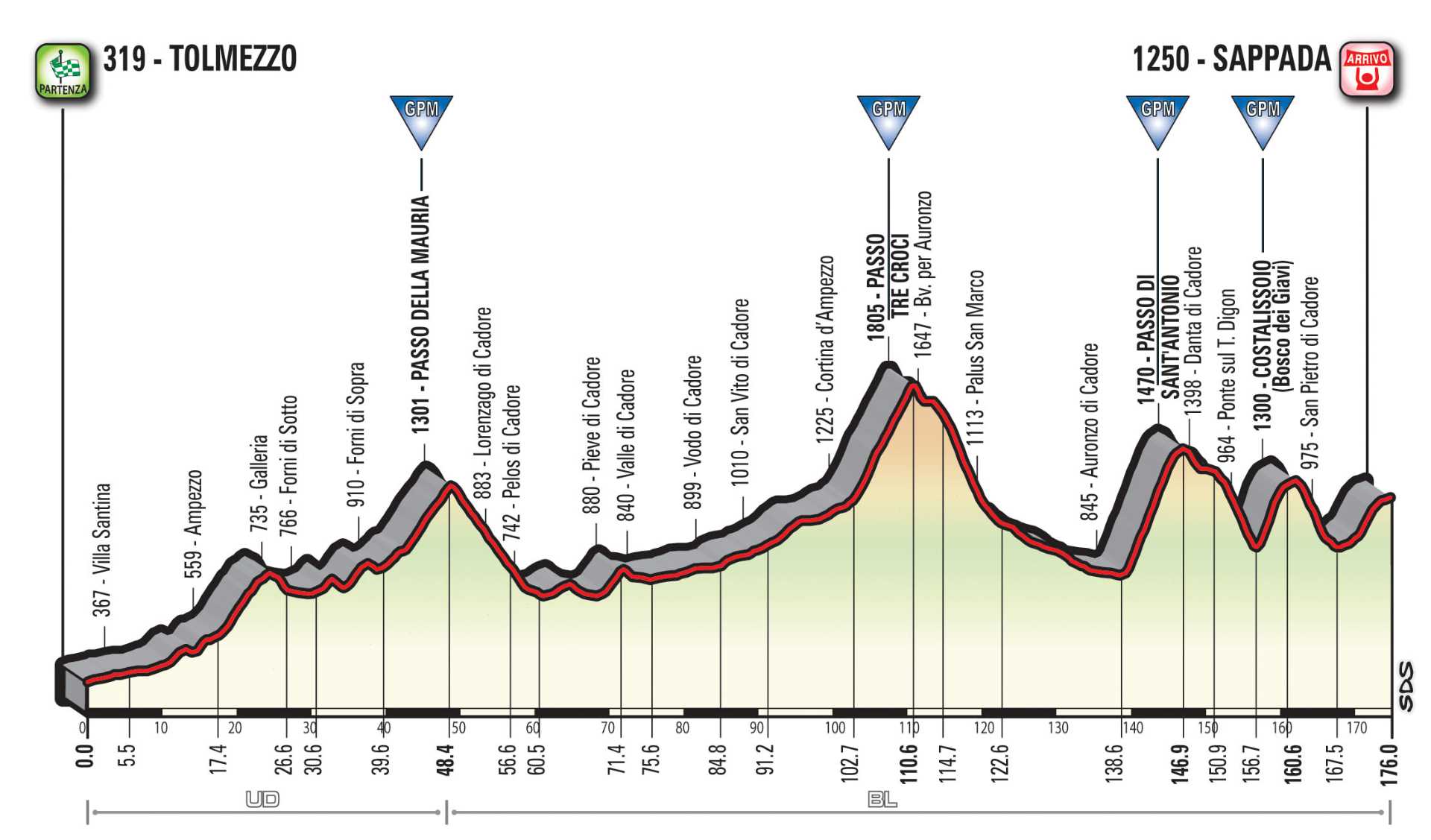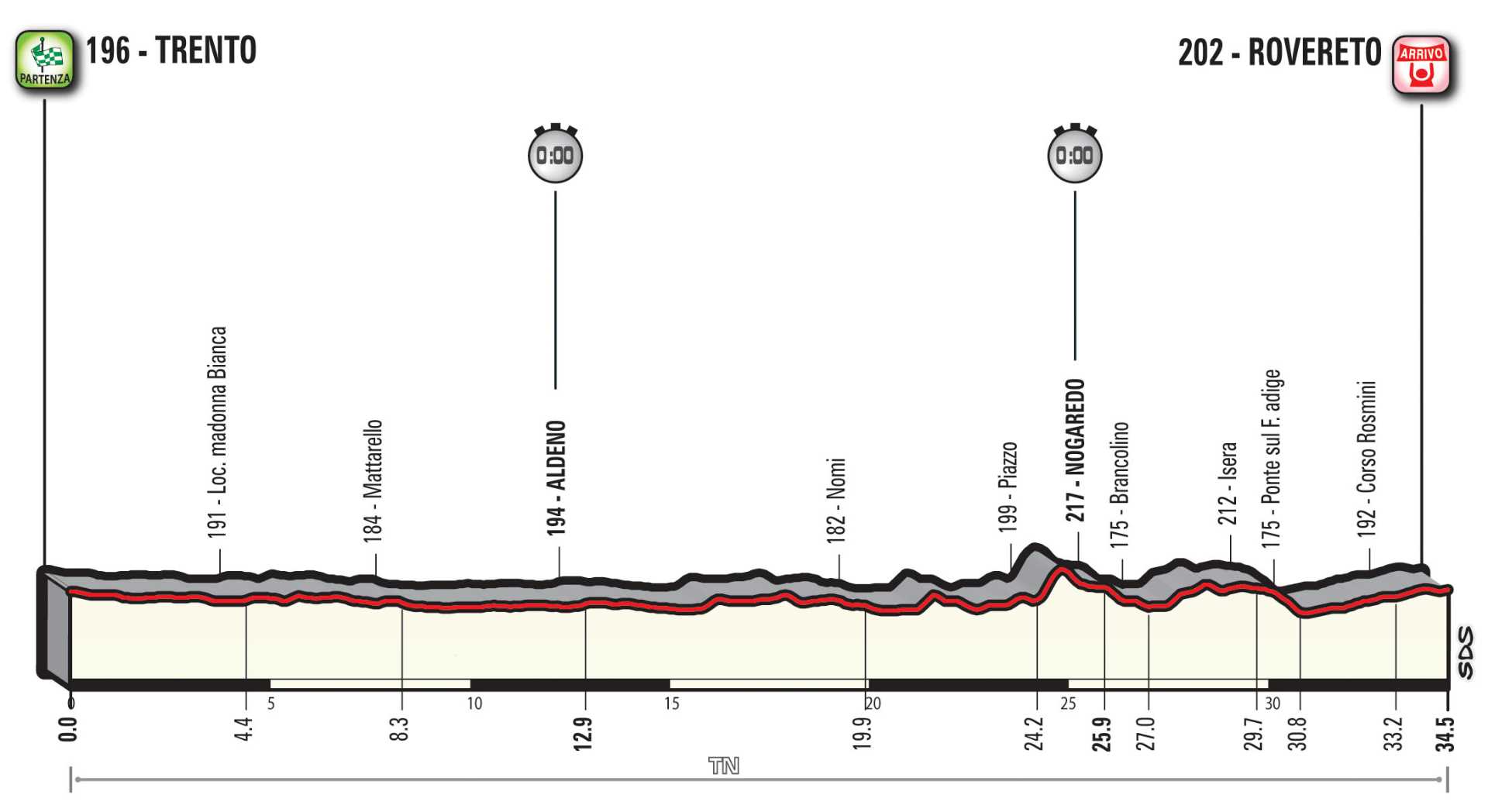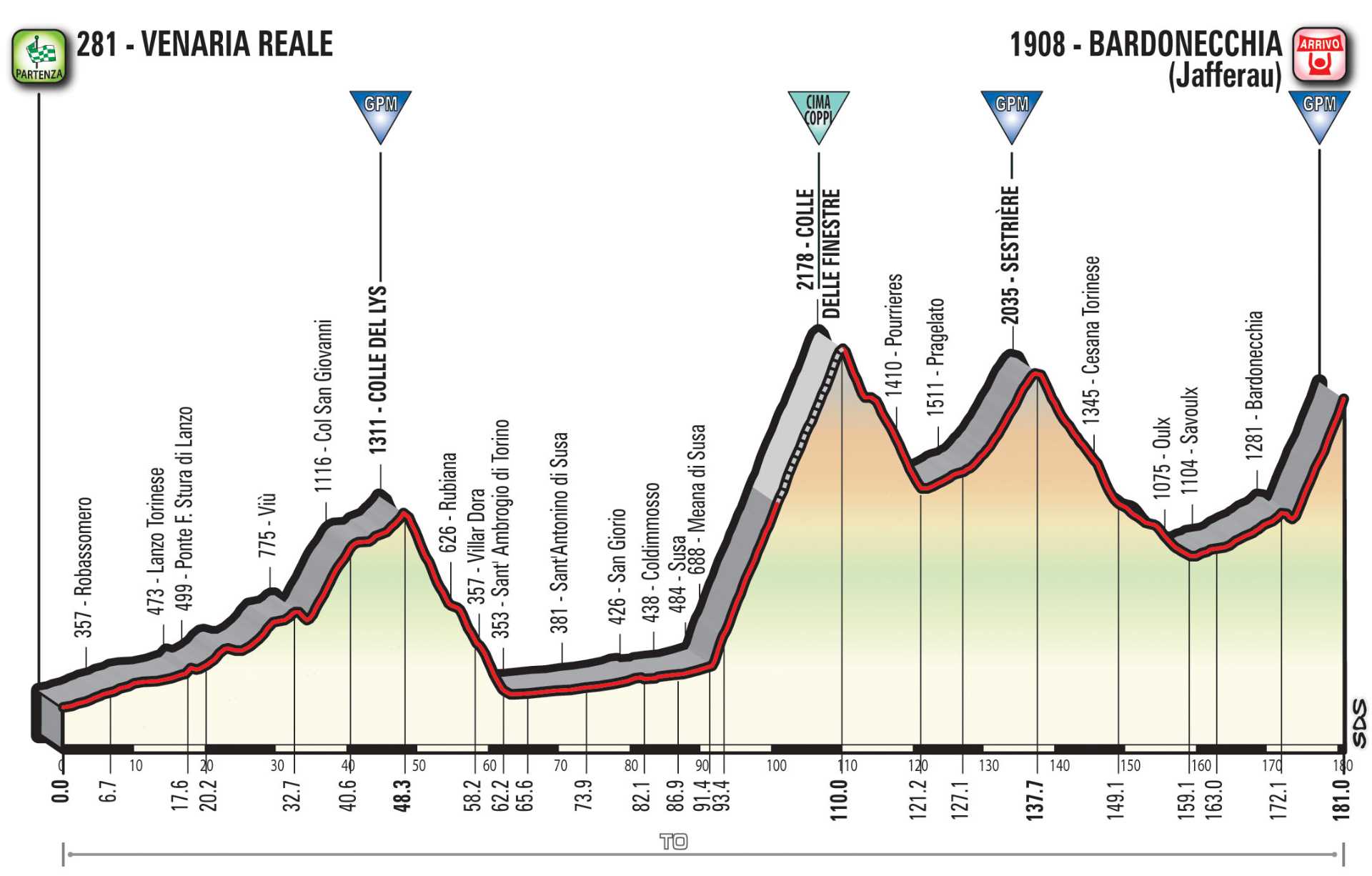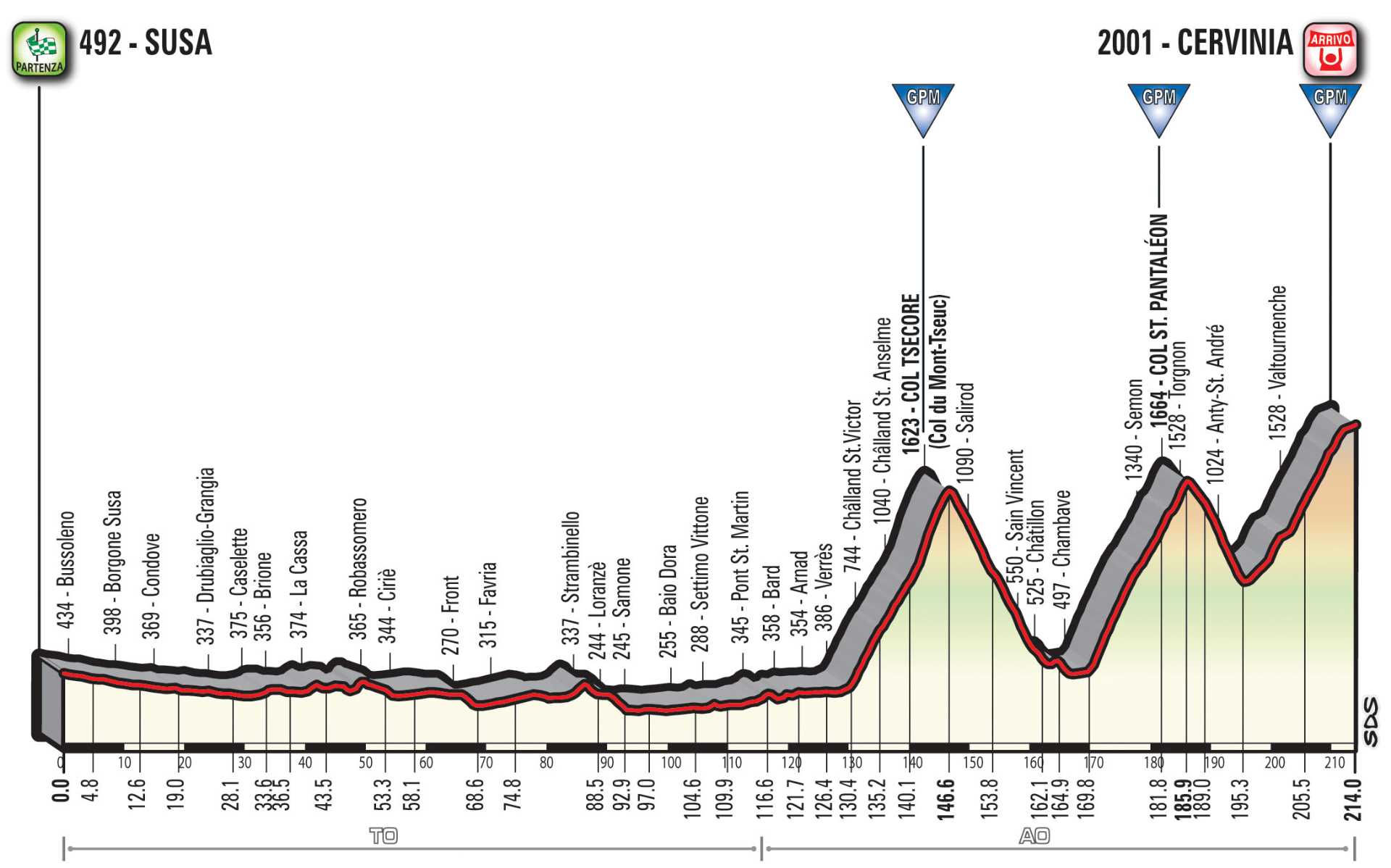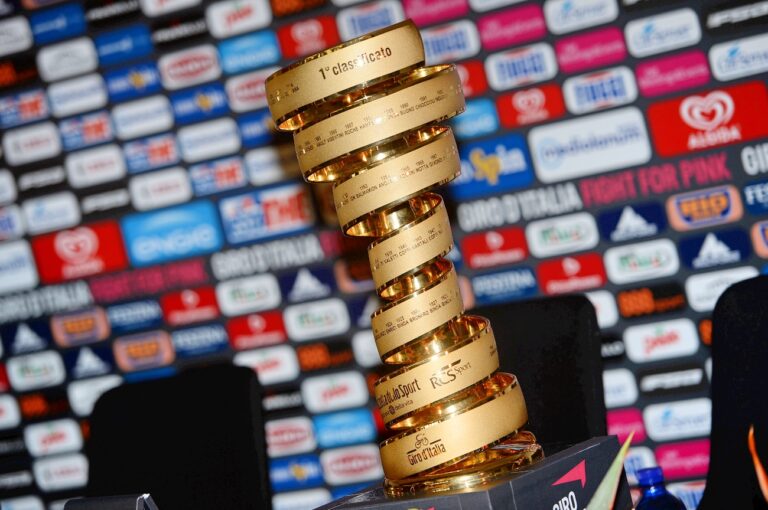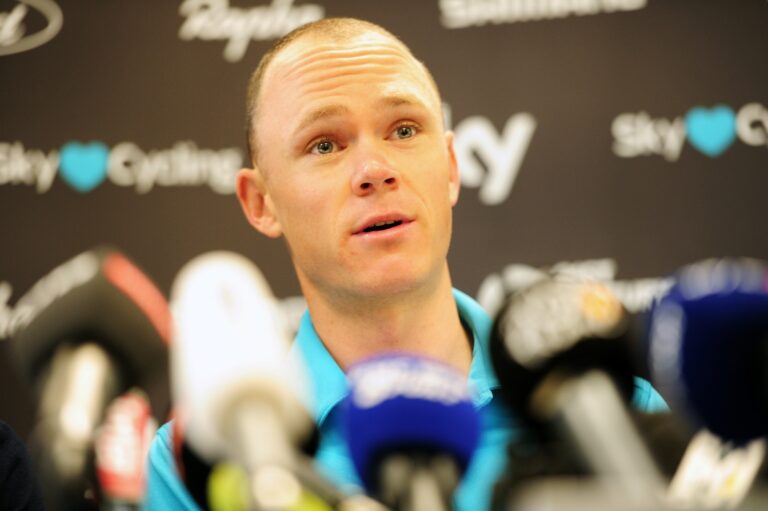Chris Froome is set to target the 2018 Giro d’Italia, in turn bidding to win a third consecutive Grand Tour – and the Team Sky rider will do so on a course which could be well suited to him.
Arduous climbs and a long, flat individual time trial are key to the 2018 Giro d’Italia route and both play into Froome’s hands as he gears up for an assault on the Corsa Rosa. If Froome proves successful, he will join Eddy Merckx and Bernard Hinault as only the third rider to have won three consecutive Grand Tours.
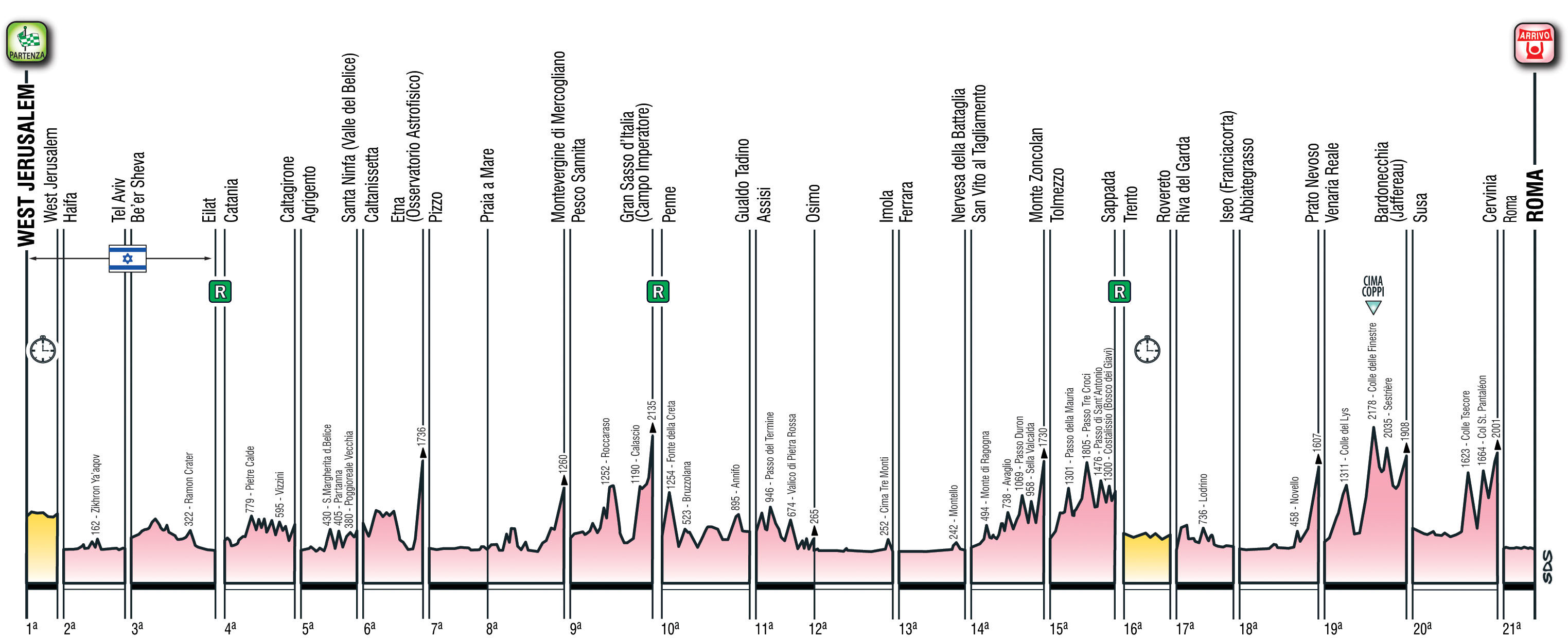
First Froome must conquer Sicily’s Mount Etna, the feared Monte Zoncolan and the gravel road atop the Colle delle Finestre, at a race which rolls out of Jerusalem on Friday May 4 2018, and concludes in Rome on Sunday May 27.
So where will the race be won or lost? We’ve picked out seven key stages in the battle to win the pink jersey at the 101st Giro d’Italia.

